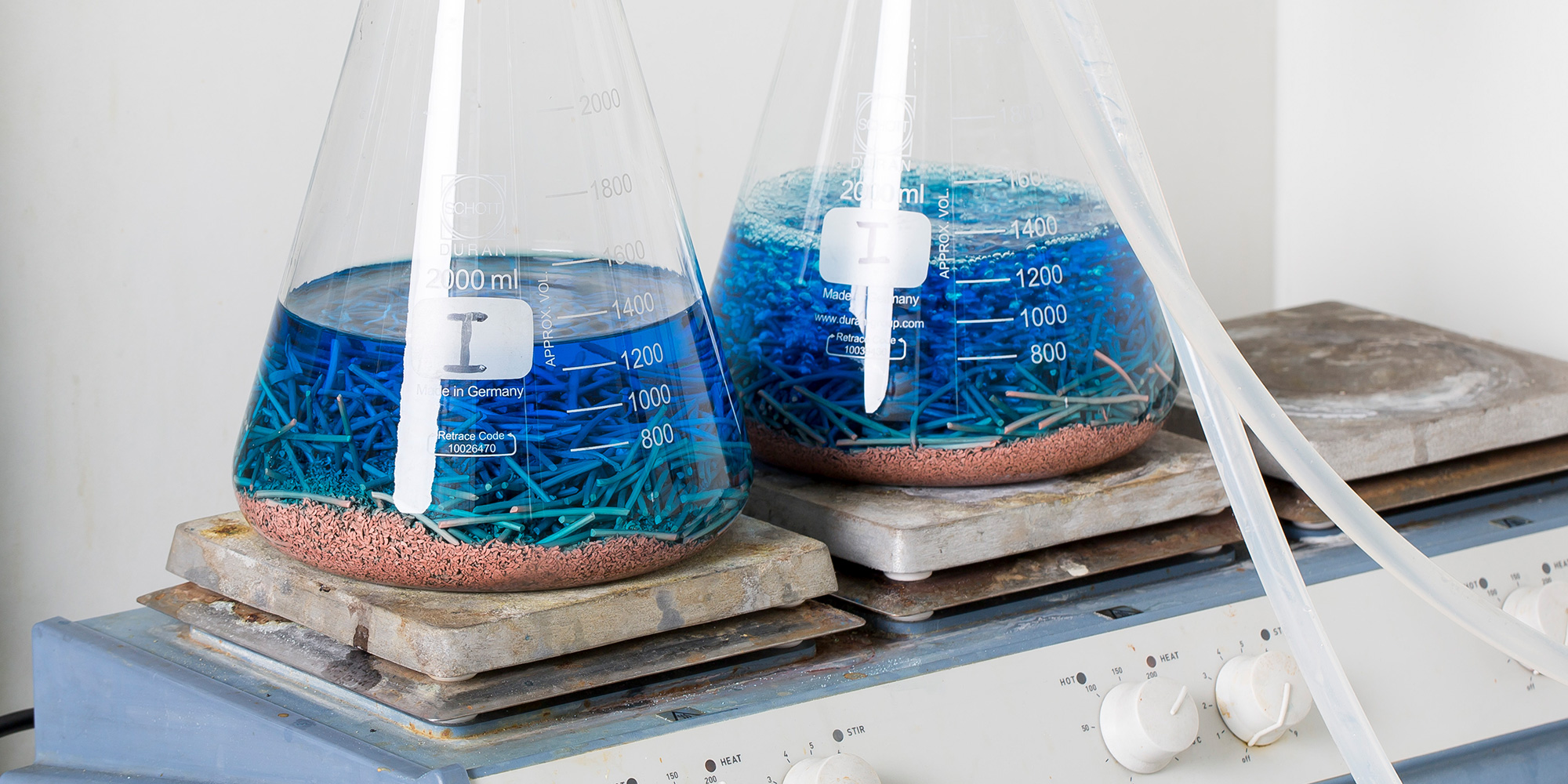JIS Z2371 Salt Spray Corrosion Resistance Test
The JIS Z2371 Salt Spray Corrosion Resistance Test is a critical procedure used to evaluate the corrosion resistance of materials and coatings, particularly in environments where they are exposed to salt spray. This test is widely recognized for its stringent requirements that simulate real-world conditions experienced by oil and gas equipment. The primary purpose is to ensure that materials will perform reliably under harsh environmental conditions, thereby enhancing the longevity and safety of critical components.
The test adheres strictly to Japanese Industrial Standard (JIS) Z2371, which mandates specific parameters for salt spray testing. This includes a controlled environment with precise humidity levels and temperature ranges, as well as the duration of exposure. The standard is internationally recognized but tailored specifically to meet the unique challenges faced by industries in Japan.
During the test, specimens are exposed to a continuous fog of neutral salt solution (typically 5% NaCl) for an extended period under controlled conditions. This allows researchers and engineers to observe how materials react over time, providing insights into their durability and resistance to corrosion. The test is particularly relevant in sectors such as oil & gas, where equipment must withstand challenging environments.
The JIS Z2371 Salt Spray Corrosion Resistance Test involves several key steps:
- Preparation of the specimens for testing
- Setting up the salt spray chamber with controlled parameters
- Exposure of samples to the salt fog environment
- Monitoring and recording corrosion behavior over a specified time period
- Evaluation based on visual inspection, mass loss measurement, or other criteria as defined by JIS Z2371
The test results are crucial for quality control in manufacturing processes. They help manufacturers identify materials with superior corrosion resistance and determine the optimal lifespan of their products. This is particularly important given the corrosive nature of the marine environments often encountered in oil & gas operations.
| Parameter | Description |
|---|---|
| Temperature | 35°C ± 2°C (95°F ± 4°F) |
| Relative Humidity | ≥95% |
| Salt Solution Concentration | 5% NaCl |
| Duration of Exposure | Typically 48 hours, but can vary based on specific standards and requirements. |
The JIS Z2371 test is essential for ensuring compliance with international quality and safety standards. It plays a pivotal role in the development of materials and coatings that are used in critical applications where reliability under corrosive conditions is paramount. By adhering to this rigorous testing protocol, manufacturers can enhance product performance and extend service life.
Industry Applications
The JIS Z2371 Salt Spray Corrosion Resistance Test finds extensive application across various sectors where materials are exposed to corrosive environments. In the oil & gas industry, this test is particularly relevant for assessing the performance of equipment used in offshore drilling and production operations.
| Industry | Critical Equipment |
|---|---|
| Oil & Gas | Offshore platforms, subsea pipelines, marine risers, and other submerged structures |
| Aerospace | Metallic components exposed to salt-laden environments during aircraft operations |
| Marine | Tug boats, fishing vessels, and other maritime equipment |
| Pharmaceuticals | Containers for the storage of corrosive chemicals in manufacturing facilities |
The test is also valuable for ensuring that materials used in industries such as automotive and construction can withstand harsh environmental conditions. By simulating salt spray exposure, manufacturers can identify materials with superior corrosion resistance, thereby enhancing product reliability.
In the oil & gas sector, where equipment must operate under extreme conditions, the JIS Z2371 test provides critical data on material performance. This information is invaluable for optimizing design and selecting appropriate materials to ensure long-term durability and safety.
Why Choose This Test
- Accurate simulation of corrosive conditions in marine environments
- Compliance with international standards (JIS Z2371)
- Precise measurement and evaluation of corrosion resistance
- Enhanced reliability of materials used in critical applications
- Cost-effective alternative to more extensive field testing
- Shorter test cycles compared to real-world exposure periods
- Ability to identify optimal material combinations for specific environments
- Supports continuous improvement and quality assurance processes
The JIS Z2371 Salt Spray Corrosion Resistance Test is a cornerstone of materials testing, offering a reliable method for assessing corrosion resistance. Its ability to provide consistent and reproducible results makes it an indispensable tool in the development and certification of products used in demanding environments.
Quality and Reliability Assurance
The JIS Z2371 Salt Spray Corrosion Resistance Test is integral to quality assurance programs, especially for companies operating in the oil & gas industry. By subjecting materials to this rigorous testing protocol, manufacturers can ensure that their products meet stringent standards of reliability and durability.
During the test, specimens are exposed to controlled conditions that mimic real-world environments where they will be used. This includes exposure to a continuous fog of neutral salt solution at specific temperature and humidity levels. The duration of exposure is carefully calibrated to provide meaningful data on corrosion behavior.
The results of the JIS Z2371 test are critical for identifying materials with superior corrosion resistance. Manufacturers can use this information to optimize their product designs, select appropriate materials, and ensure that products meet or exceed industry standards. This not only enhances product performance but also contributes to operational safety in harsh environments.
The test is particularly important for ensuring compliance with international quality standards. By adhering to JIS Z2371, manufacturers can demonstrate their commitment to producing high-quality products that are reliable and safe for use in critical applications.





